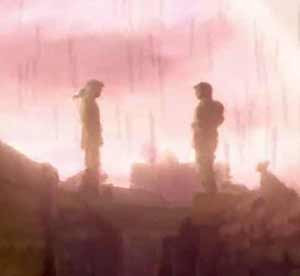

Borderlands 4 debut issue is already available for Digital subscriptions. Subscribe Now!
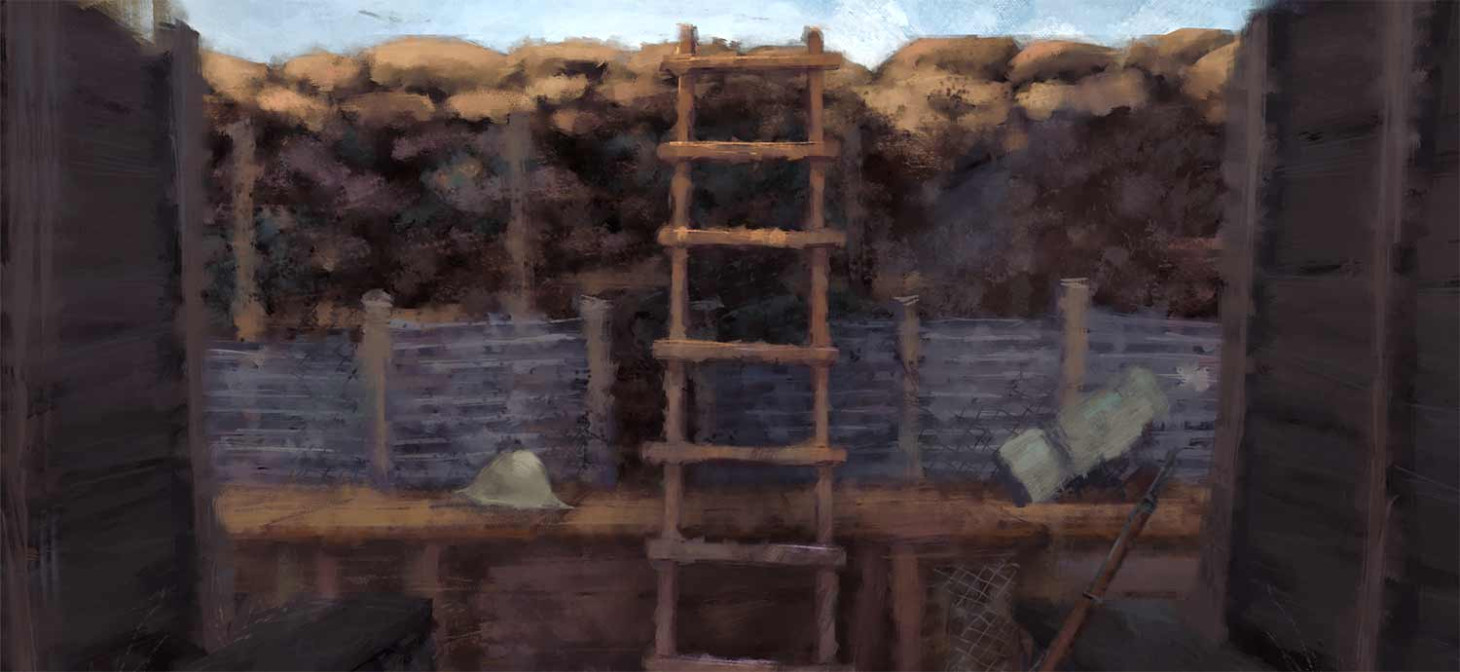
After completing co-directing duties on Valiant Hearts: The Great War, Ubisoft made it clear to Yoan Fanise that moving forward, it would be focusing exclusively on triple-A titles. After his positive experience with Valiant Hearts, Fanise decided those were the kinds of projects he wanted to work on in the future, so he left to start his own studio, DigixArt to keep making smaller projects.
After releasing the mobile game, Lost in Harmony: Kaito's Adventure, Fanise had a chance encounter with animation studio Aardman, the creators of Wallace and Gromit, and began talks to collaborate with the studio on a game covering a topic he was very familiar with: World War I. We spoke with Fanise at E3 about how 11-11: Memories Retold came to exist, why Bandai Namco is publishing the game, how Aardman will make the game unique, and why Elijah Wood hates video game crates so much.

Game Informer: How did this game and the relationship with Aardman come about?
Yoan Fanise: Previously, I was the creative director of Valiant Hearts. I’m pretty attached to World War I. But this game is very different. This game started with meeting Aardman at the Games for Change Festival. I was speaking at Games for Change Paris and after that there was a guy from Aardman who was there.
I love Aardman, so I was like, “Woah, woah! That’s wonderful!” and he said he was impressed by Valiant Hearts and those kinds of games. We talked about World War I a lot because you know for British people it really is something, specifically World War I, important. And then we thought maybe we should do a game on World War I to revive the reputation of World War I, but in another way. Still a very narrative game in the sense that you will have different voices.
What genre is it?
There were a lot of puzzles in Valiant Hearts. That one was 2D, this one is 3D. It’s a 3D experience and you play from the third-person, and basically what is very important about this game is you play on both sides of the conflict. You play as Harry, or Kurt the German, and you can switch between them and because it is all about the point of view, we wanted them to make sure to allow, “Okay. Do you want the other point of view of what you are experiencing right now?” Even for that, sometimes they are very far; sometimes they are very close. It’s very interesting for the player to see what is on the other side. It’s all about those two characters, and then we have the backing of Bandai Namco which has allowed us to cast Elijah Wood as the voice of Harry and Sebastian Koch, and very famous German actor in Europe, is doing the voice of Kurt, the German. Because this game has a meaning? It’s not about war, it’s about human beings and peace. The fact that we can have these very strong actors will make it something very different for sure.
Elijah Wood is so good and he’s a gamer. When I directed him the studio, he is so good and he understands everything. I give him directions like, “I need to you to say a line like this, or like this,” and he is always like, “Yeah, I get it.” There is one line that is very fun in the game. It’s a short line, but there is a very simple puzzle with a crate, and of course you think of the history of crates and video games and there is a crate blocking a door and Harry says, “Damn crate!” and the way he says it, it takes into consideration all the crates of the video game worlds.
You can just hear the years of frustration with video game crates in the line.
Yeah [laughs] and everyone is laughing over this small moment.
How does the game play? Are you firing a gun on the battlefield?
No, there is no shooting in the game. It is quite the opposite of a shooter. For me, it’s a narrative game in genre, but basically, it’s more about the dialogues. Let’s say the choice you make in the letters moment, for example, when you write a letter home, Kurt has a young daughter and when you decide to write to your daughter, because during World War I there were billions of letters, you have to choose, what do you tell to her? What do you not tell her because she is a child? You would not tell her something horrific or traumatizing, so you can choose to lie or not. This is an example of the small and subtle choices you can do in the game.
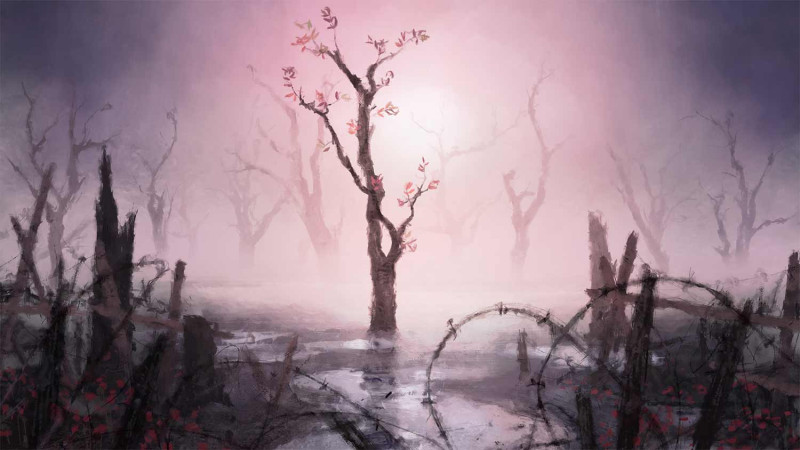
Harry is a photographer. He’s from Canada, he’s an American-Canadian. His parents are American, but he moved to Toronto. He’s enlisting for war, for a good reason. He wants to be more important he is really very naïve, and he goes there and takes photos for the Army. He is the official photographer, but then he starts to discover, what is war? Should I take a picture of this wounded guy on the floor, or should I help him? Should I pull him out and make him safe? All those very small choices will have an impact because it depends on the morals you are gong to get after that. Is it disturbing you? Are you staying healthy in your mind?
And you’re moving around in a 3D environment?
You explore. You have a lot of sequences because it lasts from 1916 to 1918. The end is 11-11-1918 is the end of the war, so we have pretty strong timeframe. It’s a long journey because it is two years of the war. It’s interesting to go back and forth and move around between a lot of different locations and a lot of different things that you’re going to do. It will be an experience and at the end you will think, “Woah, that was long,” even though the game is only about six or seven hours long. You will have the feeling that you have been through a big journey.
Tell me about Aardman’s involvement.
That’s awesome. When they decided they would like to try and make a game…
They came to you during the Games For Change conference, right? What were you talking about at the conference.
Exactly. I was talking about the two games I did before. Lost in Harmony: Kaito's Adventure is a mobile game, but it still has a meaning. So, basically, I want to put meaning into things, even if it is small or big. I talked about those games at the Games for Change festival, and that end they came to me and said, what you’re doing fits with the spirit of Aardman. And so they said they would like to do a game and this is the game we would like to do. Not a shooter. It was a natural fit and I said, “Yeah, that’s good because at DigixArt I have programmers, I have designers, I can story tell for sure, I can make sound, but I don’t know how to make strong animation. I don’t have animators or artists in house. So that made it kind of the perfect fit with you guys.” So basically, they take care of the art, the animation, and the cutscenes, and we take care of all the rest.
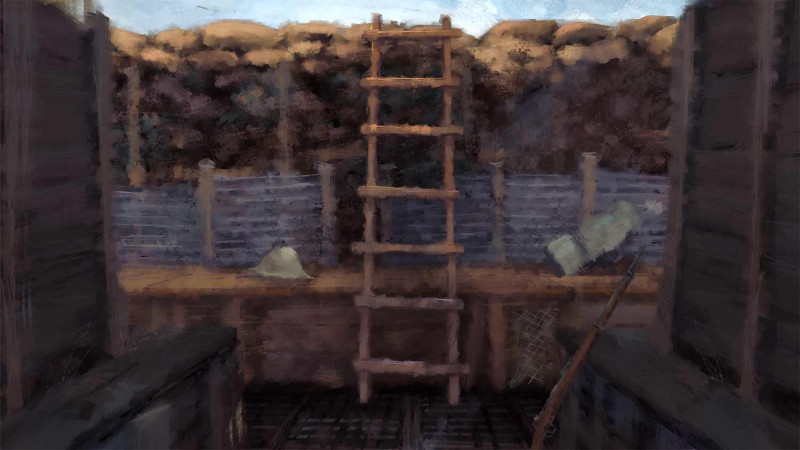
They are not doing plasticine animation, like in the typical style it is known for, right?
Not at all. We’re using Unity as an engine and they animate with motion capture and do some traditional animation. The characters are normal human scale and size. Although, it does look like a painting. We wanted from the start something visually very different because with the emotion we would like to express, we need something that can express emotions. Then we looked at different painting styles and of course the impressionistic style was the most emotional one and I personally love it. So, I asked, “Can we do an impressionistic game?” and I don’t think there are any impressionistic games. I tried to look on Steam.
Maybe… The Legend of Zelda: Skyward Sword? But even that is pretty subtle. The original teaser you showed – that’s indicative of what the game will look like?
Exactly. People think it’s a teaser, but I’ve been saying, “No, no. The game is like that!” It’s going to surprise a lot of people. You know when you do a painting, it’s not that sharp or precise. The edges are blurred by strokes, but this is what makes it stand out. We use the color in a way that is very narrative-focused. Each character has their own color, and the color evolves, and it has a meaning.
It’s very nice to work with Bram Ttwheam, the art director, and he is a genius. He never did a game before, but because he never did a game… he just has so much culture and knows so many artists that I never know and he has shown me so many paintings I don’t know and I will be like, “Who is this? It is beautiful,” and he immediately says, “Yes, it is this artist.” So, this is a very rich experience where we are melting animation culture and game culture.
What is Bram Ttwheam's history with Aardman?
He’s one of the oldest guys there. He worked, for example, on Purple and Brown, which was a very old show about two small clay characters that’s very funny. Having him is gold, because he brings something that I don’t see in many games. In terms of the framing of the camera, we are used to certain types of cameras in video games and he will challenge it all the time. Sometimes I will say, “Usually in video games, we do this,” and he will say, “No.” We have some arguments for sure but most of the time he is right because it creates something unique, even though as a player sometimes it might make the player character difficult to see, but it’s worth it because it’s beautiful.
Does he like or play video games? Or has this game been an opportunity to learn about the medium?
I don’t know if he plays video games, mostly because he spends a lot of time at work, and so I don’t know, but he is really bringing something new and fresh to video games, and I think the look will be a situation where some people will love it and some people will hate it. People will say, “Hmm, it’s kind of blurry.”
For Valiant Hearts you worked with Ubisoft. Have you just decided to branch out on your own now?
I was a Ubisoft employee for 15 years. Yeah, it’s still a great company, but after Valient Hearts, I wanted to continue on these kinds of smaller games with meaning. I did not want to go back to big triple A game development because I had been working on Assassin’s Creed before. I wanted to keep working hands-on with smaller teams like I did with UbiArt Framework.
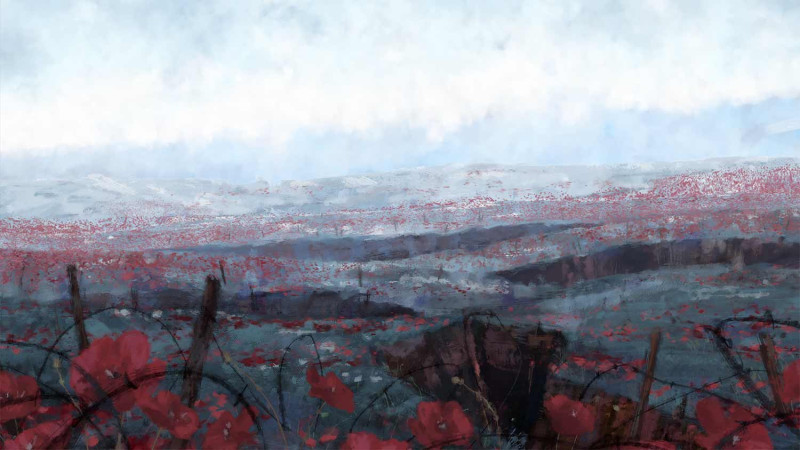
Ubisoft wants to stick with big experiences.
Yeah, and there was that moment four of five years ago when Ubisoft decided it wanted to stick with the big triple A only, so there was no room for the kinds of games I wanted to make, so naturally I said, “Then I need to continue on my own.” So, I left and created DigixArt, which was a bit scary of course. I have kids [laughs], but we did it with the help of my partners.
We managed to do a mobile game first and then we were very surprised to sign with Bandai Namco because Bandai is famous for Japanese games.
It does seem like an odd fit.
Yeah, I thought, “Woah! What it that.” And when they talked to me about one year after we started to work with Aardman on the project – it was just on paper at that point. Just ideas – I had brought it to a festival in Sweden and met with Bandai Namco because they wanted to meet the studios around and they said, “What do you have in mind?” So we showed them the mobile game and I thought, why not, here’s a console game I have in mind. Because it is a very sensitive topic, I was not willing to do it without a specific budget to make it good, because otherwise we would have to sacrifice things, and there was no way we do that. So at that point, I thought maybe the project was dead, but they came back to me and said, “We want to make that game,” and I remember just being surprised by that e-mail, and I thought, “What!? Bandai Namco wants to make this game!?”
The Dragon Ball guys!?
[Laughs] I love Dragon Ball. But I still thought, “What!?” It was one of the best surprises of my life. And then we started to work with them and they are very helpful because you’re here and I’m here at E3. Otherwise I would just be an indie from France.
When does the game come out?
It’s coming to PS4, Xbox, and PC. We launch the 9th of November because the 11th is a Sunday, so we cannot launch on Sunday. And there will be a playable demo at Gamescom.

